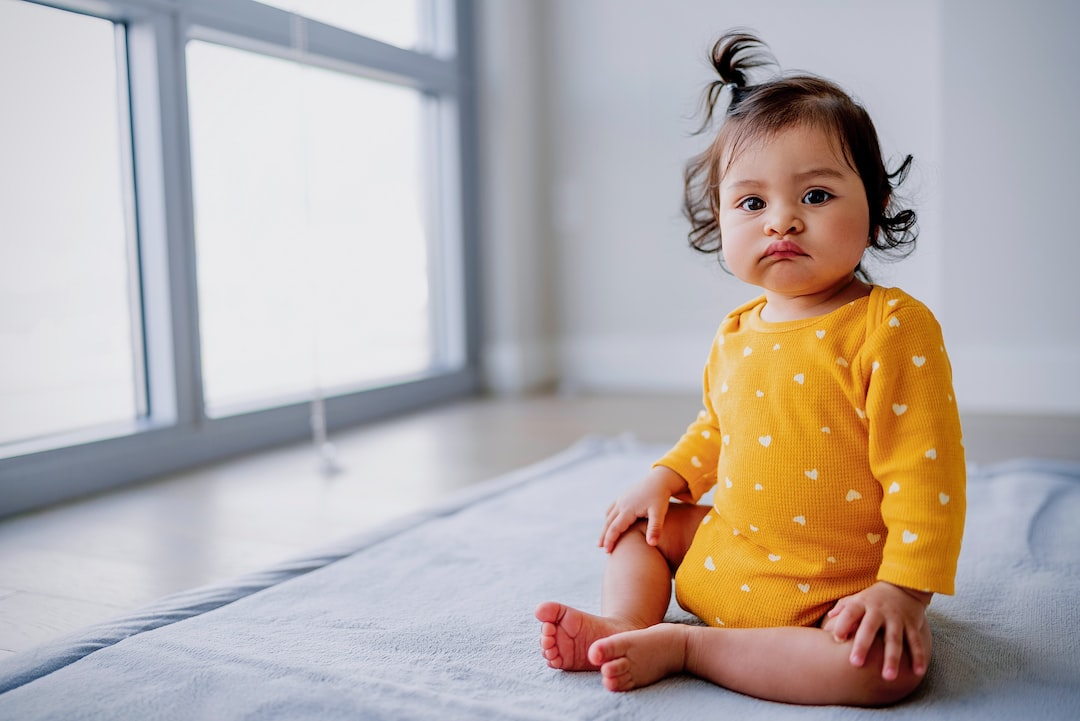The Mystery of Baby Dreams
When we consider the intriguing question, “Do babies dream?“, we’re stepping into an area where science has yet to provide a definitive answer. According to Jodi Mindell, PhD, associate director of the Sleep Center at Children’s Hospital of Philadelphia and advisor for Parents, the inability of infants to communicate about their dreams makes this a difficult area to study.
Understanding the REM Sleep Cycle
It’s important to note that most adult dreaming happens during the REM (Rapid Eye Movement) sleep stage. Newborns, as reported by the Sleep Foundation, allot about 50% of their sleeping time to this REM stage, considerably more than adults. This information leads some experts, like Dr. Mindell, to rationally suspect that infants do experience dreams, possibly linked to their brain development.
Arguments Against the Concept of Baby Dreams
However, not all neuroscientists agree with this assumption. There’s a counter-argument suggesting baby brains, given their immaturity, might not form the abstract thoughts and images required for dreams. Some believe that the purpose of REM sleep in infants is to allow the formation of neural pathways and to promote cognitive development.
What Do Research Studies Indicate?
Research conducted in sleep laboratories suggests that dream recall doesn’t commense until preschool age, due to the absence of a fully developed capacity for conscious mental imagery. The Age-by-Age Guide to Better Bedtimes further validate this statement with common observations.
Shedding Light on What Babies Might Dream About
Given the understanding that babies lack the cognitive ability to ponder past events or envisage future situations, it seems unlikely that babies dream in a way adults would recognize. But studies show the situation begins to change as children grow.
Unfolding The Landscape of Children’s Dreams
David Foulkes’ groundbreaking research in the 1970s established that dreams of preschooler-age children majorly involve static imagery with minimal to no motion. However, noticeable trends begin to emerge between 5 and 7 years of age as movement and social interaction start appearing in children’s dreams. By the age of 9 to 11, the complexity of dreams heightens, becoming more reminiscent of adult’s dream experiences.
Does Fear Feature in Baby Dreams?
If your baby is restless during sleep, don’t worry, chances are that it’s not a nightmare. The understanding of fear and an active imagination necessary for conjuring nightmares doesn’t exist until children reach 2 or 3 years of age, according to the American Academy of Pediatrics (AAP).
What about the Scary Noises and Movements During Sleep?
If your baby twitches, flails their limbs, or makes noises during sleep, it’s not necessarily cause for concern. These could simply be developmentally expected reflexes. The Moro reflex, a startle reflex that peaks around 1 month and begins to fade after 2 months, is a common cause for such movements in infancy.
When Should You Seek Medical Attention?
If you notice any unusual behaviors during your baby’s sleep which concerns you, it is advised to consult a professional healthcare provider. Similarly, if you have questions or worries about your baby’s sleep patterns, don’t hesitate to seek expert advice.
Exploring the World of Children’s Nightmares
Nightmares, according to the AAP, peak between 3 and 12 years of age, distinctly different in nature from night terrors which children seldom remember afterwards. Night terrors are more common among preschool-aged children, separate from nightmares.
Frequently Asked Questions
- Do babies dream?
- While it’s difficult to definitively say if babies dream, researchers do theorize it’s possible, especially given the time infants spend in REM sleep.
- Why does my baby twitch and move during sleep?
- These movements can often be attributed to developmentally appropriate reflexes. If you’re concerned, don’t hesitate to consult a healthcare provider.
- Do babies have nightmares?
- Most likely not. The ability to experience fear and nightmares usually starts around the ages of 2 or 3.

